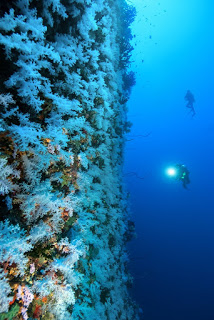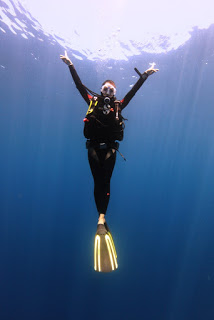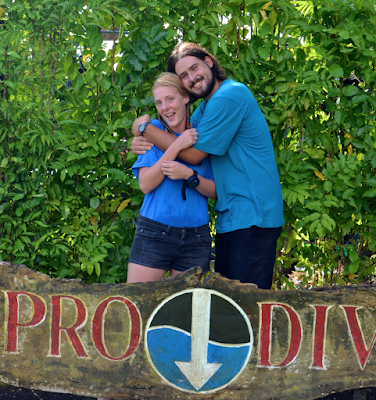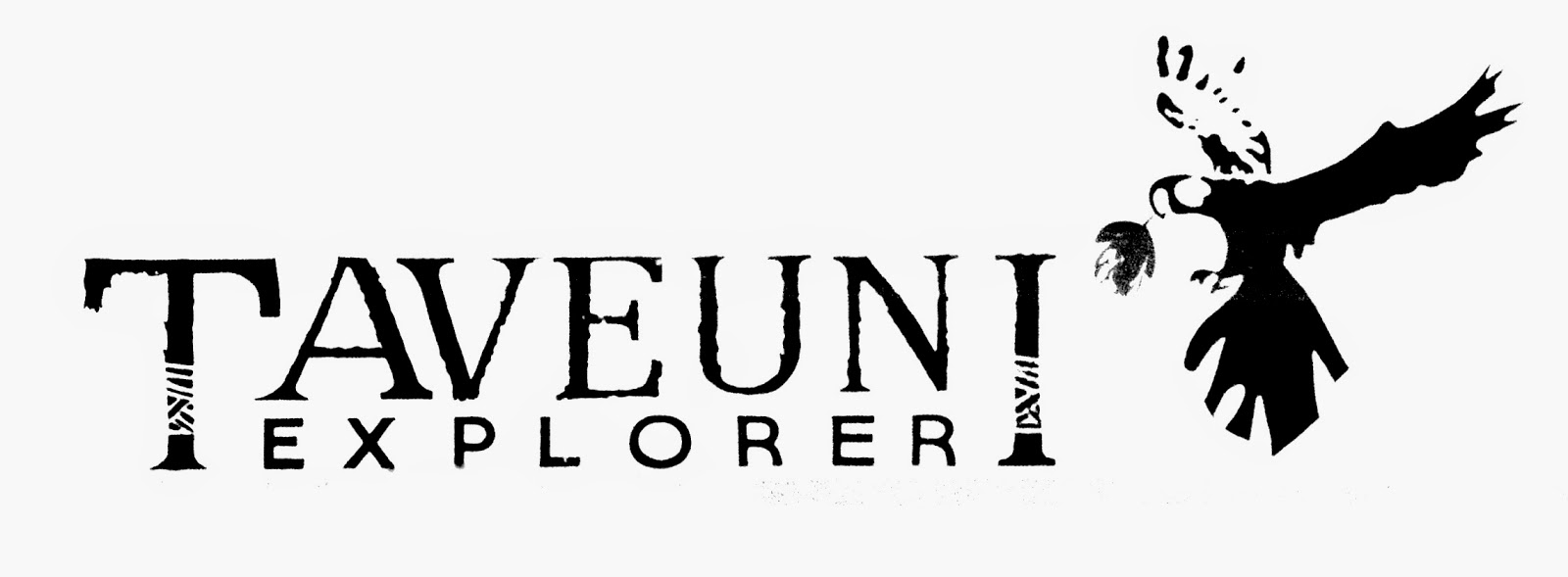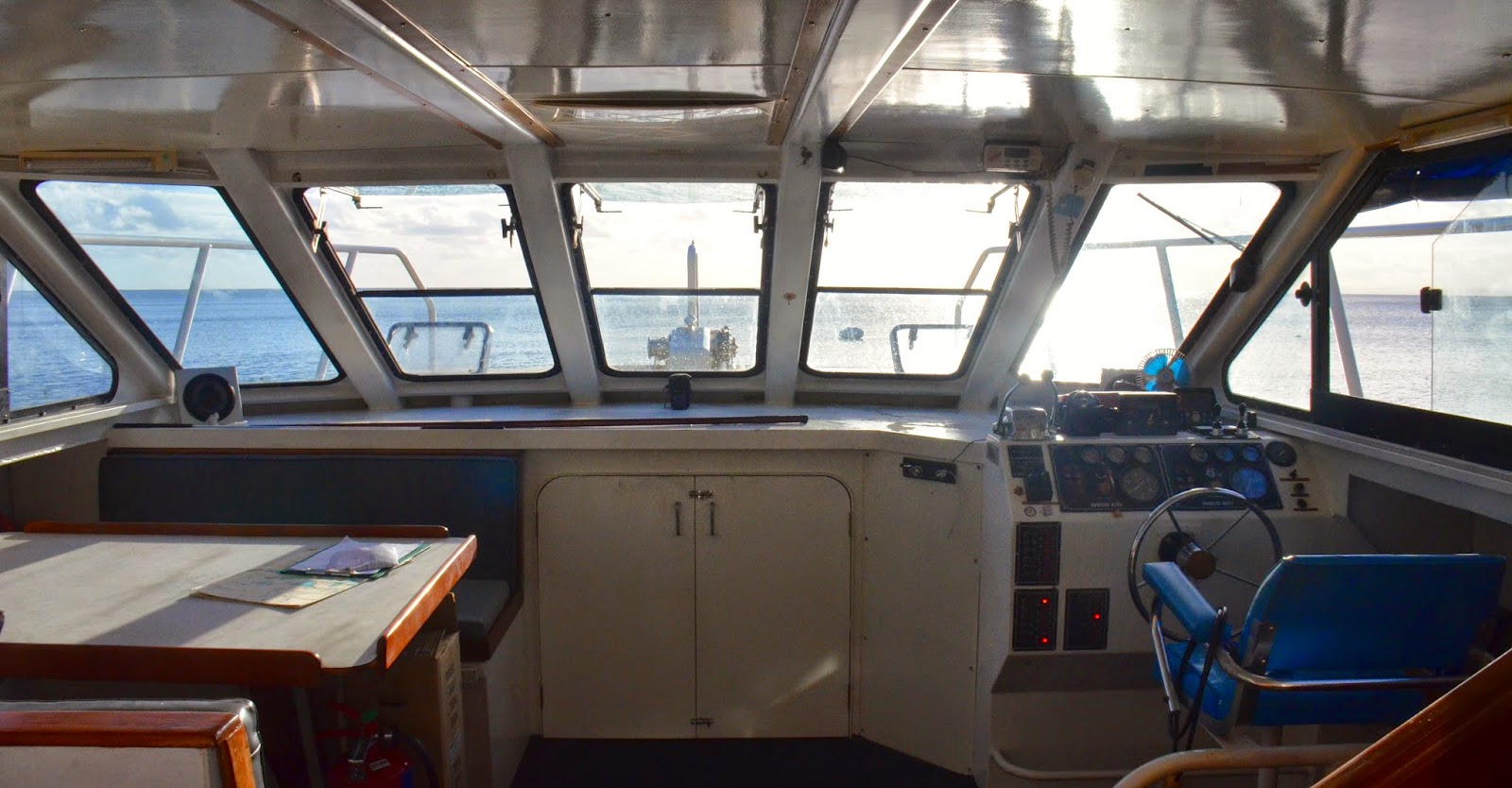With Cyclone Pam around Vanuatu kicking up a fuss, giving us wind and rain from the north, we decided to look for some new shore dives on the south side of the island. Vuna village has always welcomed us to come visit so we decided to ask the chief if we could dive Vuna reef from their backyard. We were given the okay and shown to a small rocky cove. With no idea what they would find dive instructor Antoni led three of our more experienced guests, Matt, Laura and Sally, over the rock and coral bottom at high tide and out to the ledge. Schools had been canceled because of the weather and a large group of children looked down from the rocky outcrop. It was the first time they’d seen scuba divers in their village. Some had taken tentative sips of air from our regulators to see how the scuba gear worked. The men of the village regularly collect shellfish and go spearfishing here, free diving to great depths including the young high chief himself who commands just over half the island’s landmass. But as yet the intrepid four would be the first scuba divers to explore the site at length.
I stood on the beach tracking their bubbles through my binoculars, occasionally letting the kids have a look, phone ready in case any problems should occur. The kids lost interest and wandered off and it was just me and a couple others sitting there when the divers resurfaced 50 minutes after their descent. They swam through the small surf back to the beach and we got their gear off. “Amazing,” they said. “Lots of ghost coral everywhere, some really big ones, bigger than we’ve seen anywhere else. The hard corals were probably the best on Vuna reef with plenty of large plates and branching staghorn.” The dive site in the protected southern bay is sheltered from the storm surges that would have hammered much of the reef during previous cyclones. Then, after the second dive, they came back reporting seeing several eagle rays, one especially large and old. It was a good dive site, maybe even great. The villagers said in June and July the surf would be pumping and a hundred kids on school holidays would be surfing on any piece of plywood they could find, vying for the few surfboards available. But for now we had found a great site to get us through the cyclone season until the surf arrived. And we had claimed a moment in history: the first descent at the reef off Vuna village. Special thanks must be given to the chief for giving us the opportunity. We promise to take good care of the site.

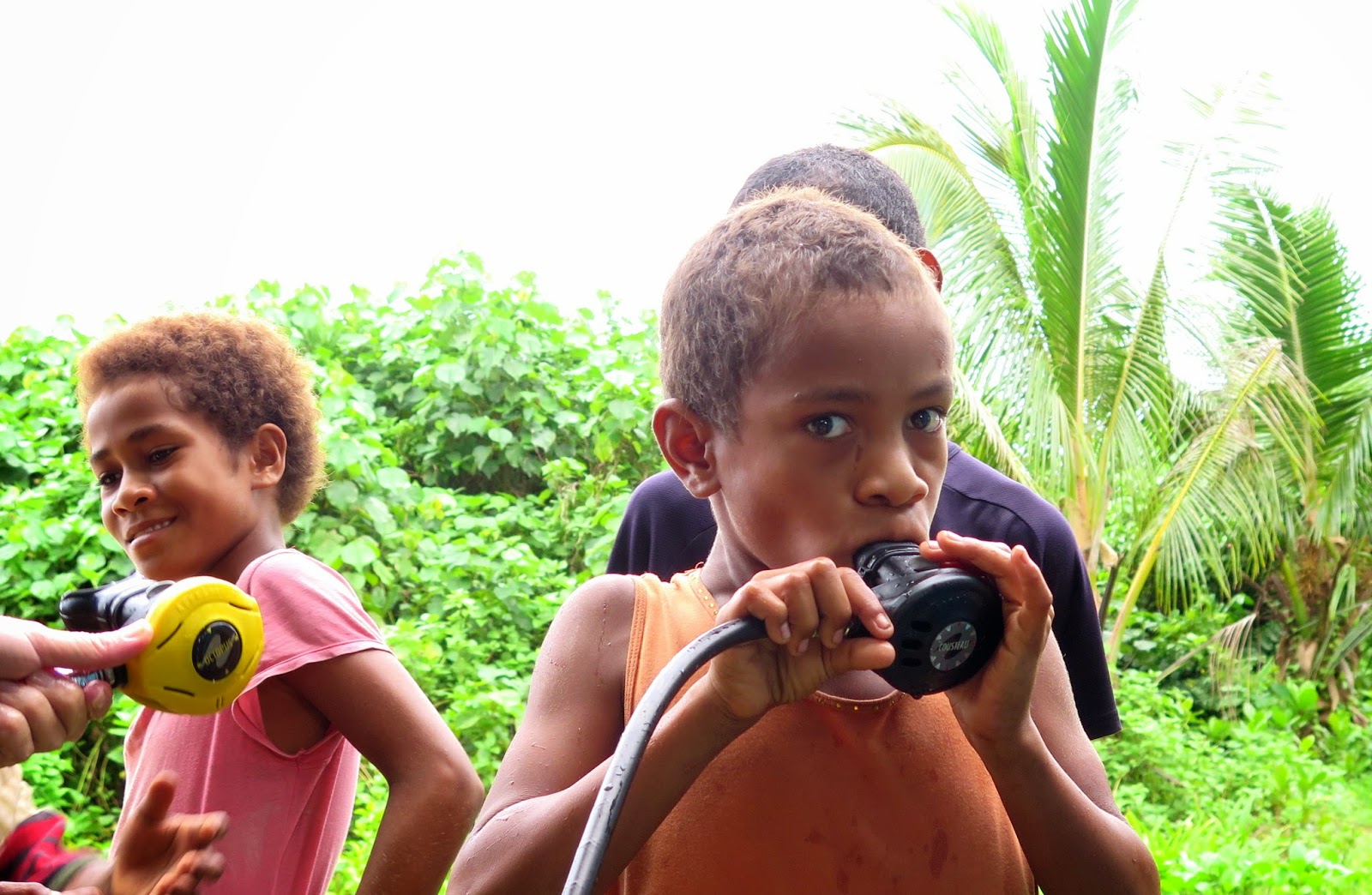
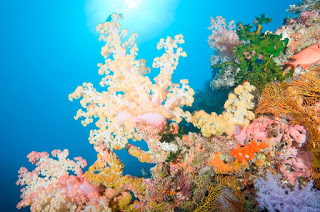
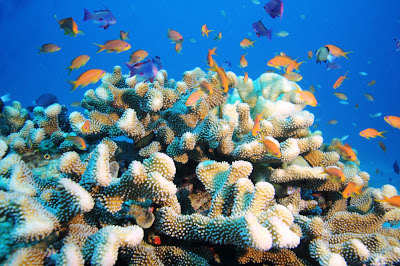
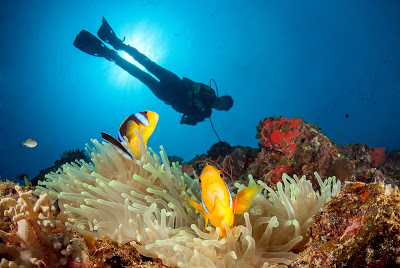
 Contact Us
Contact Us
